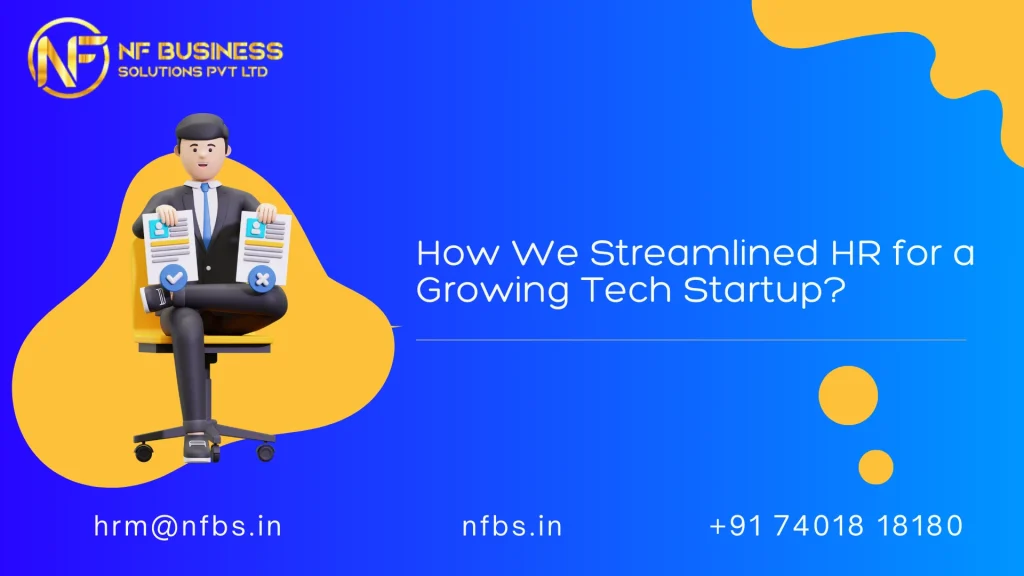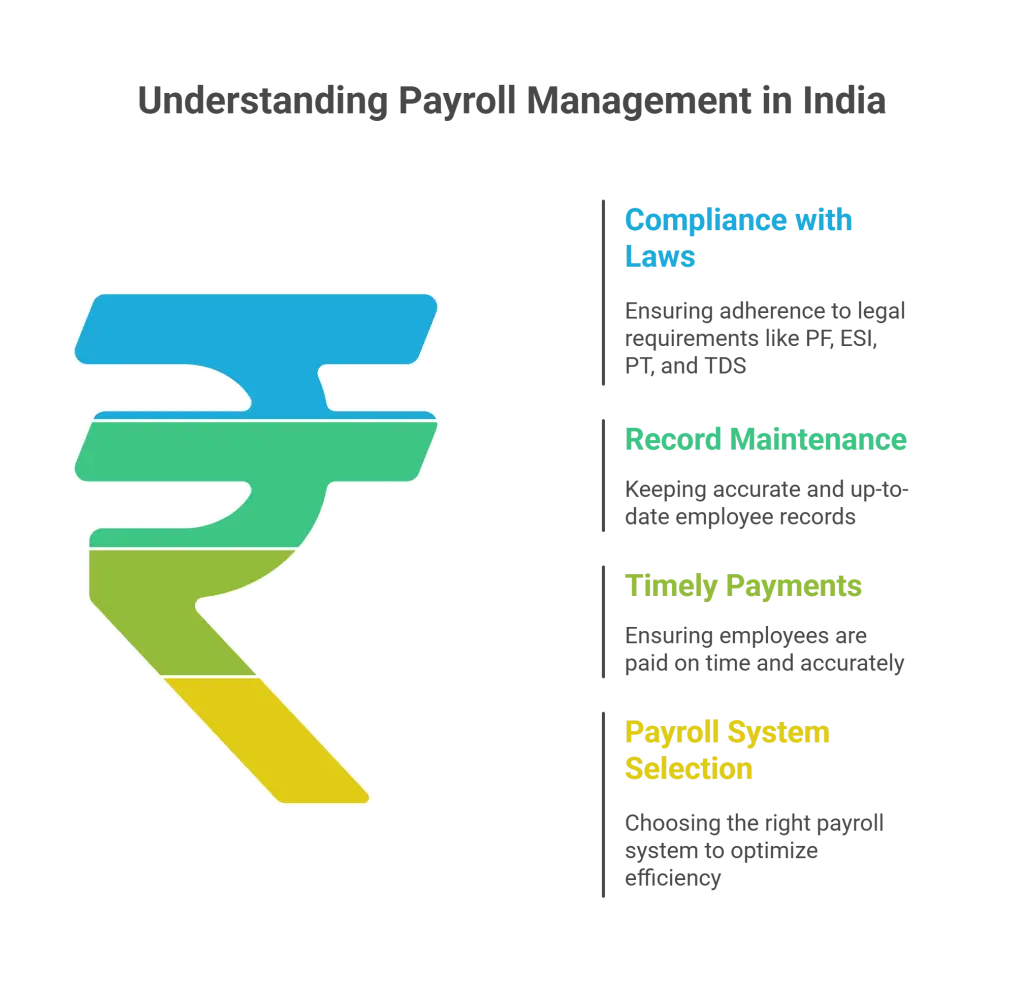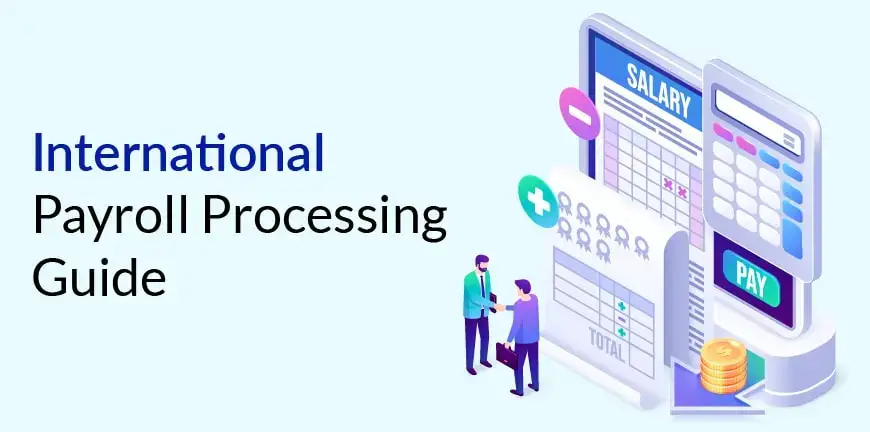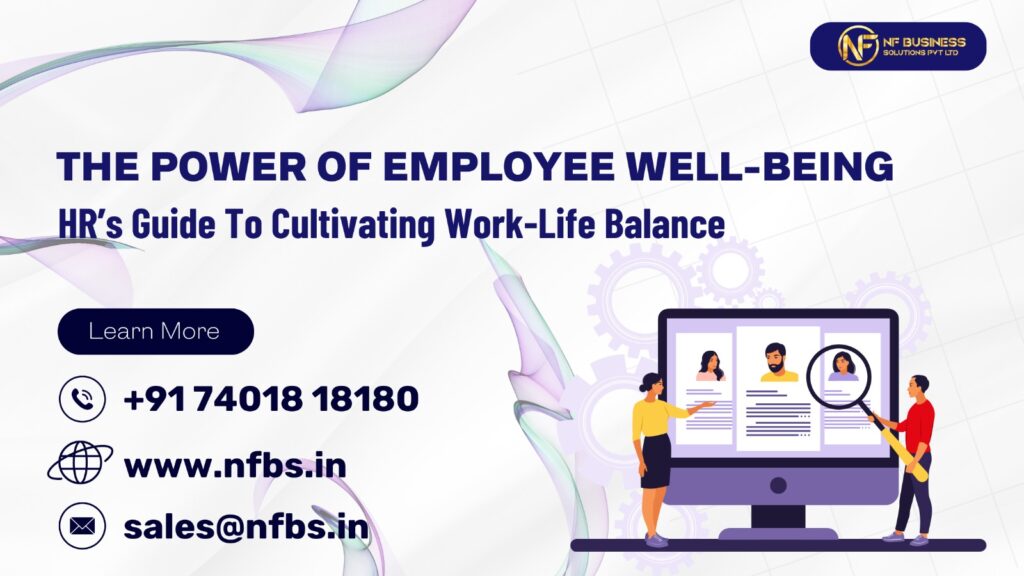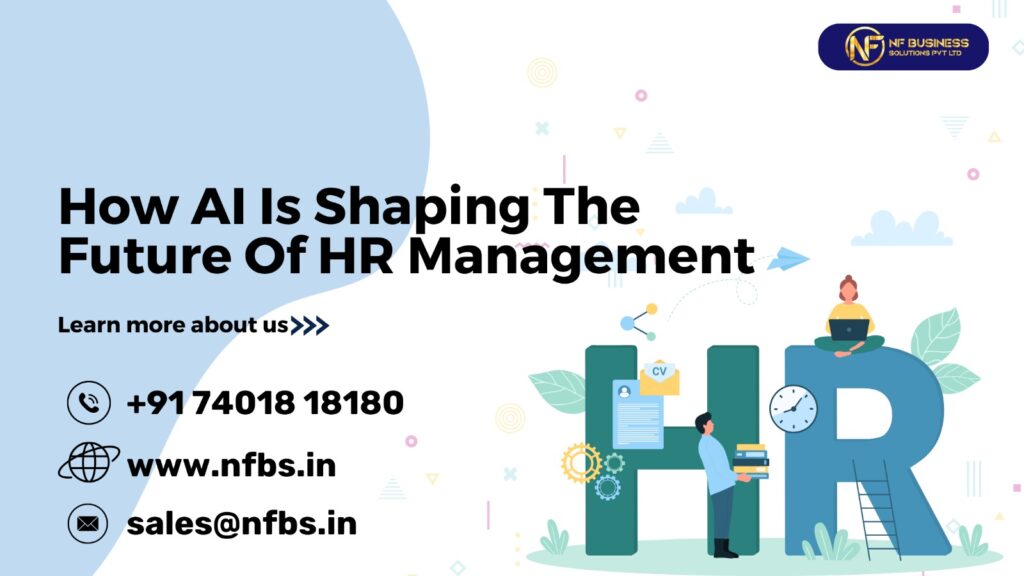Growing a tech startup is thrilling but can be daunting when it comes to managing people. Many facets of HR Services can clutter up quickly: payroll, compliance, and a hundred other details that crop up as you grow. One of our customers, a fast-growing tech startup, went through these HR growing pains until they decided to partner with NFBS to alleviate some of the burdens of HR processing.
The Challenge
The startup began with just a handful of employees, but within two years, the team expanded to more than 50. While business growth was encouraging, HR operations couldn’t keep pace.
- Payroll was being managed manually, leading to errors and delays.
- Compliance with PF, ESI, and labor laws was becoming overwhelming.
- Recruitment was inconsistent, slowing down their hiring process.
- Employee onboarding lacked structure, affecting morale and retention.
They realized it was time to look for HR services that could take over these responsibilities while they focused on innovation and growth.
The Solution: Partnering with NFBS
As a well-known HR agency, NFBS came in with comprehensive services for startups and SMEs. All we had to do was create scalable HR processes in a timeframe that maximized efficiency and lowered risk, while also prioritizing the employee experience.
HR Services Examples We Implemented:
- Automated payroll management system
- Statutory compliance handling (PF, ESI, TDS)
- Recruitment and onboarding processes
- Drafting HR policies and employee handbooks
- Engagement programs to improve culture
By introducing HR solutions for small businesses, we ensured the startup had professional HR support without the cost of an in-house team.
Payroll Transformation
Payroll was one of the most difficult areas to manage. The finance team was still using spreadsheets, and there were many different pay structures, reimbursements, and deductions. NFBS rolled out a technology-based payroll solution, resulting in a 95% reduction in error activity.
Our payroll services for small businesses took away fears of inaccuracies, compliance issues, and delays, giving employees confidence that their salaries and benefits would always be processed correctly.
Recruitment & Onboarding
Fast growth equated to fast hiring. The founders needed to be able to identify the right people as quickly as possible, while still operating a business.
NFBS developed a systematic recruiting process that included organized job descriptions, screening tools, and scheduled interviews. We also created a seamless onboarding program, including welcome kits, a review of the company’s policies, and training sessions designed to make the new employee feel engaged from the very start.
Compliance Made Easy
The startup had little experience with statutory compliance, which posed significant risks. NFBS ensured all filings and audits were completed on time. With our compliance calendar and expert guidance, the company achieved 100% compliance in less than three months.
The Results
Within six months of partnering with NFBS, the startup saw significant improvements:
- Payroll accuracy increased by 98%
- Recruitment time reduced from 40 days to 18 days
- Employee satisfaction during onboarding improved by 45%
- Zero compliance penalties or missed deadlines
Most importantly, the leadership team regained valuable time to focus on scaling their product and business.
Why This Matters for Startups
This case study proves that outsourcing HR is not just a cost-saving move but a growth strategy. For startups and SMEs, searching for HR services or exploring HR solutions for small businesses can be the difference between chaos and smooth growth. Partnering with the right HR agency ensures compliance, efficiency, and happy employees.
Ready to Simplify HR for Your Business?
If you’re looking for trusted partners to handle hr services examples, streamline payroll services for small businesses near me, or build customized hr solutions for small businesses, NFBS is here to help.
Partner with our expert HR agency today and free up your time to focus on growing your business. Visit NFBS.in to learn more about our HR outsourcing services.

